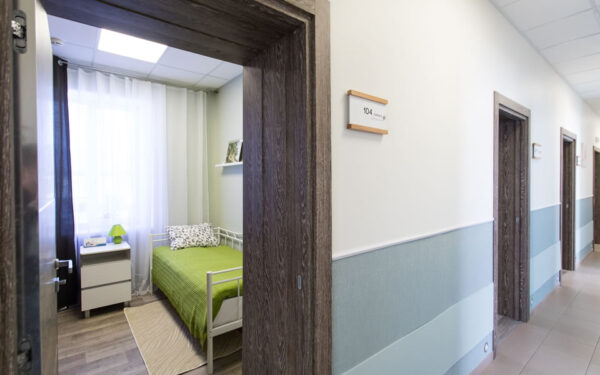In the last decade and a half, the role of Medicare Advantage has grown significantly. This is a private plan alternative to traditional Medicare, the public, government-run healthcare option for seniors and people with disabilities.
In 2022, approximately 48% of eligible Medicare beneficiaries were enrolled in Medicare Advantage plans. This amounted to 28.4 million people out of the 58.6 million eligible individuals. By comparison, the share of eligible Medicare beneficiaries enrolled in Medicare Advantage in 2007 was only 19%. These statistics show that enrollment in Medicare Advantage has more than doubled in the last fifteen years. Furthermore, it is projected by the Congressional Budget Office that Medicare Advantage enrollment will grow to 61% by 2031, with only 39% of eligible Medicare beneficiaries enrolling in traditional Medicare at that time.
The growing popularity of Medicare Advantage among beneficiaries has several driving factors. Medicare Advantage versus traditional Medicare programs differ in healthcare coverage, monthly premiums, out-of-pocket costs, and provider networks. One of the major reasons beneficiaries choose Medicare Advantage is that many plans offer extra benefits in addition to covering all services that traditional Medicare covers. These can include dental, vision, hearing, and prescription drug services which original Medicare does not cover. Secondly, unlike traditional Medicare, some Medicare Advantage plans do not charge monthly premiums, making them attractive to elderly individuals with no health issues. Another main factor in people choosing Medicare Advantage is that plans are bundled, and the all-in-one care can feel simpler than the structure of original Medicare for beneficiaries.
With the emerging prominence of Medicare Advantage, operators will need to continue to familiarize themselves with the various billing processes for each Medicare Advantage provider in their region as opposed to the single process for traditional Medicare. Medicare Advantage plans often shorten stays to less time than traditional Medicare covers, resulting in less revenue for nursing facilities. Private plans have more leeway when deciding how much nursing home care a patient will need. This also leads to additional paperwork for facilities for filing appeals and reconsiderations.
The federal government pays Medicare Advantage a monthly amount for each enrollee regardless of how much care a person needs. As a result, Medicare Advantage is potentially incentivized to deny or reduce services to beneficiaries to keep the government’s payment and increase profit. This can lead to beneficiaries not receiving medically necessary care. On the other hand, nursing homes are incentivized to extend residents’ length of stay and occupancy as they are the main predictors of profitability. Determining when a beneficiary should leave a nursing home can become a complicated decision because insurers and facilities have contradictory incentives.
Data from eHealth in 2022 indicated that close to 90% of surveyed Medicare Advantage beneficiaries were happy with their coverage which will likely push future enrollment growth. As Medicare Advantage continues to grow, beneficiaries must carefully consider the pros and cons of traditional Medicare vs. Advantage for their individual needs. Even with recent legislative changes meant to crack down on unwarranted denials of members’ coverage, providers will need to continue to adapt to the changing Medicare landscape. Medicare Advantage payments are set to increase by 3.32 percent, amounting to a total of $13.8 billion, in 2024.






